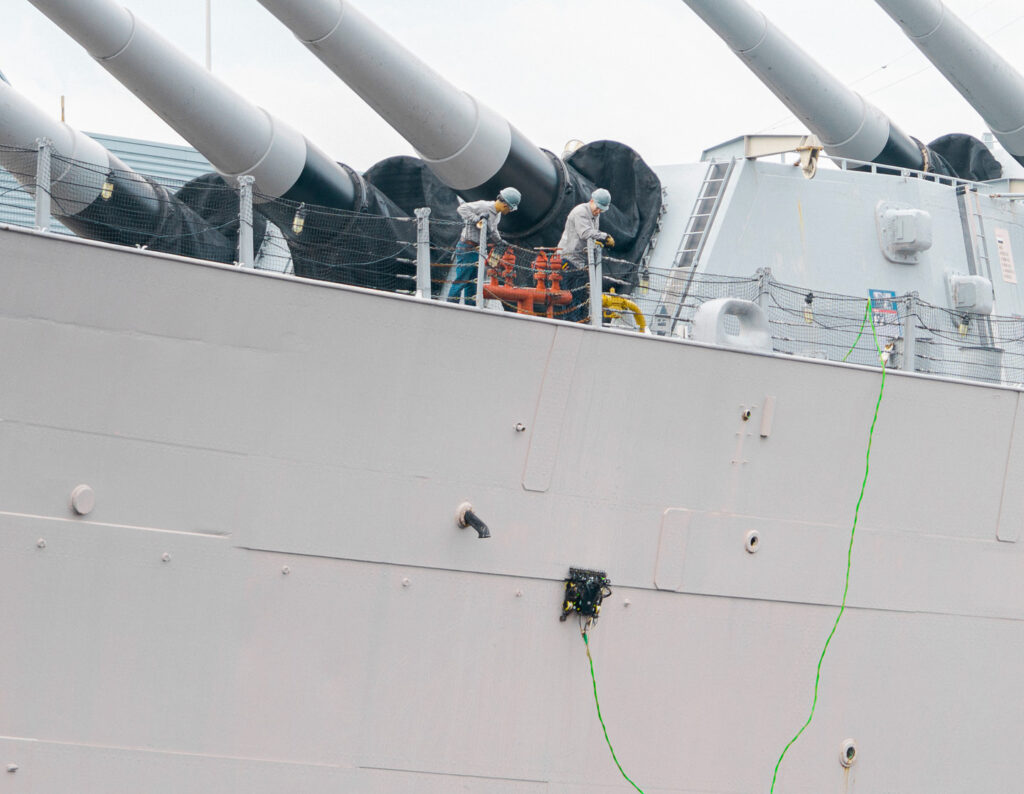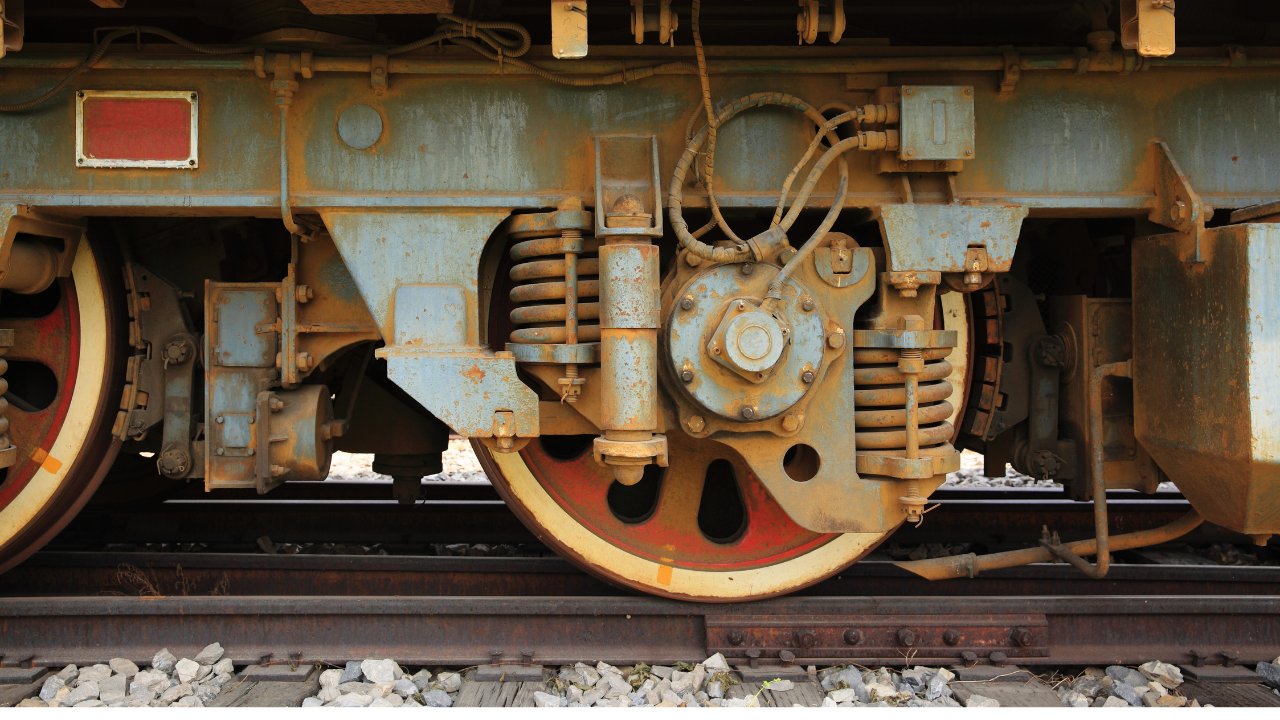Scaling New Heights: Innovative Solutions aid Navy’s Maintenance Efforts
Natalie Johnson
Posted 07/05/2023
The Navy is grappling with a significant maintenance backlog, hindering its ability to ensure the readiness and availability of its fleet. The $1.8 billion backlog has been attributed to a range of factors including crew shortages, lack of spare parts, and limited shipyards. To address this pressing issue, the Navy has turned to innovative solutions to expedite maintenance processes, alleviate the backlog, and reduce repair time in shipyards.
The Navy’s maintenance backlog can be attributed to several factors. The demanding nature of naval operations, combined with insufficient staffing levels, put a strain on the available workforce. This has led to fatigue and crew shortfalls which in turn delay maintenance tasks and repairs. Additionally, the shortage of trained maintenance personnel exacerbates the issue.
Another contributing factor is the lack of spare parts. Unavailability of necessary components, longer resupply times, and diminished manufacturing sources make it difficult for the Navy to procure the required parts in a timely manner. As a result, maintainers have resorted to cannibalization, a practice where working parts or subsystems are removed from one ship and used on another, rather than pulling the parts from inventory. While cannibalization is a temporary solution, the average number of cannibalizations per ship increased every year from 2015-2021 (except 2017) creating a ripple effect of delayed repairs and maintenance.
Congress has mandated a ship fleet size of 355 vessels, but the Navy continues to retire ships early, making it difficult to reach this number. Representatives from the Sea Power Panel are frustrated and concerned about the request to buy 9 ships using the 2024 fiscal budget, while simultaneously requesting to retire 11 ships. Five of the cruisers the Navy requested to be decommissioned have not reached their 35-year service life and three of the amphibious ships have not reached their planned service life.
The repercussions of maintenance delays have a direct impact on the operational readiness of the Navy’s fleet. Ships requiring more time than what was originally scheduled for maintenance, results in less time to train for operational missions.
The situation is further compounded by the deteriorating condition of Naval shipyards. The four Naval shipyards in the country are in poor condition, with a growing backlog of modernization projects. More than half of the capital equipment in these shipyards has exceeded its expected service life, impeding the Navy’s efforts to address the backlog effectively.
In 2018, $21 billion was allocated to address the deterioration of shipyards. This initiative, the Shipyard Infrastructure Optimization Plan (SIOP) aims to re-engineer dry docks, reconfigure the shipyards, and replace equipment. However, delays in implementation and recent shipyard closures are making it increasingly difficult for the Navy to make up for their lost maintenance capacity.
In the Spring of 2023, closures at the Puget Sound Naval Shipyard due to the risk of seismic activity, further delayed maintenance initiatives. The shipyard lies on a fault line and the Navy determined the risk of operating the facility was greater than the risk of more maintenance delays. This left four of eighteen public dry docks for the Navy out of commission.
Technological Solutions
To overcome the maintenance backlog and mitigate the impact of shipyard closings, the Navy has turned to new innovative technology to aid in their predictive maintenance efforts. Gecko Robotics has developed a series of bots equipped with ultrasonic sensors and magnetic wheels that enable them to climb ship hulls. The robots are used to conduct inspections and utilize AI to collect crucial data.

The gecko robots surpass human capabilities in terms of speed and data collection. With climbing speeds of up to 60 feet per minute, the robots can complete inspections 10x faster than humans, reducing the lead time required for rudder inspections from 11 days to just one. The robots can also collect 1,000x more data points, enhancing the accuracy and comprehensiveness of the inspection process.
Traditionally it took crews four days to manually collect 3,000 data points with up to 15 individuals on each team, with the Gecko robot two humans can collect over 8 million data points. Areas of concern are then flagged by the software for shipyard workers to address.
The Navy’s maintenance backlog and shipyard closings have posed significant challenges to maintaining the readiness of its naval fleet. By adopting this technology, the Navy aims to streamline their maintenance processes, reduce the backlog, and optimize the utilization of available resources. The implementation of geckos at all four Naval shipyards has the potential to save 575 dry dock days per year.


Natalie Johnson
Natalie Johnson is the previous editor/website administrator for MaintenanceWorld.com, and is currently a student at Campbell University Norman Adrian Wiggins School of Law.
Related Articles

Cardinal Manufacturing, Helping to Bridge the Manufacturing Skills Gap

South Carolina Ranked as the #1 State for Manufacturing

The Decade of American Reshoring
Lost Radioactive Capsule Proves Preventive Maintenance is as Important as Ever

HBD Condition Monitoring Devices at the center of Ohio Derailment

Failure Analysis Uncovers the Cause of the Keystone Oil Spill




